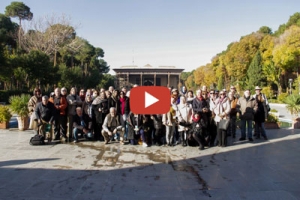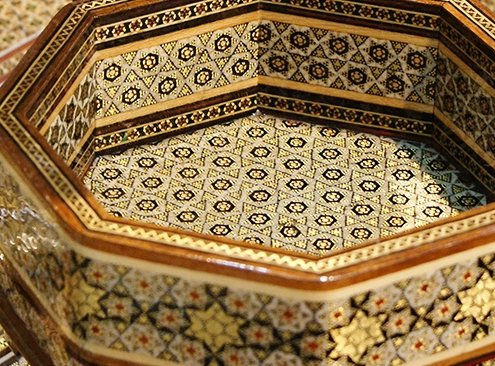
Khatam Kari (Marquetry): Meaning, History, Technique
/
0 Comments
Khatam Kari (Marquetry) is a noble art that is used to decorate…
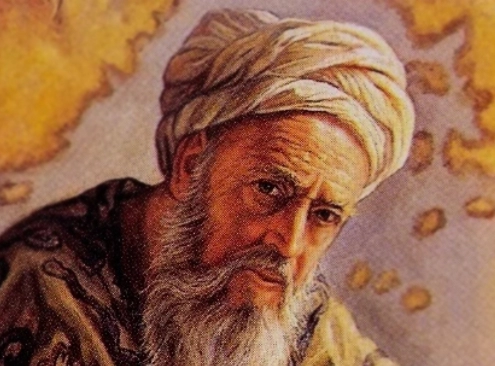
Omar Khayyam (Biography, Books, Poems, Rubaiyats)
It is no exaggeration to say that no other Persian literary figure…
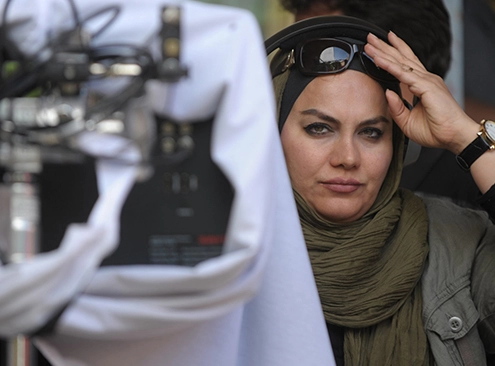
Top 10 Iranian Movie Directors of All Times
Iran has a great and diverse field in cinema. In the whole process…
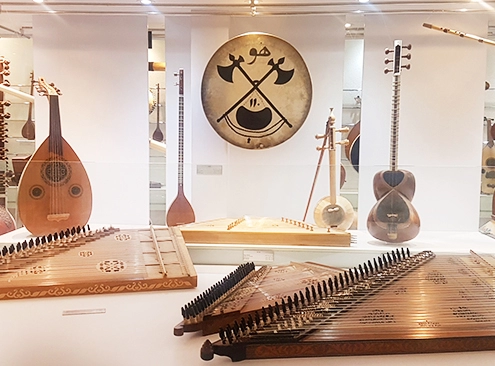
Everything About Iranian Folk Music (Instruments, Songs)
Due to the fact that music has always had a profound effect on…
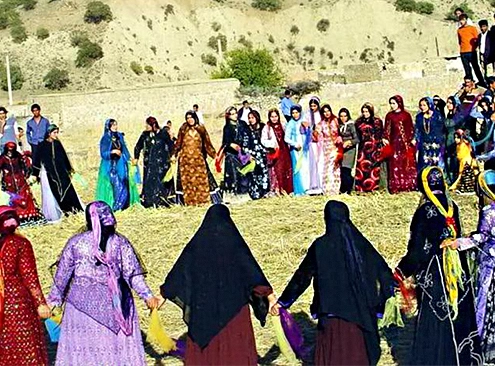
Iran Kurds: Religion, Population, Culture, Food, Clothes
Kurds, an ancient ethnic group with a vibrant cultural heritage,…
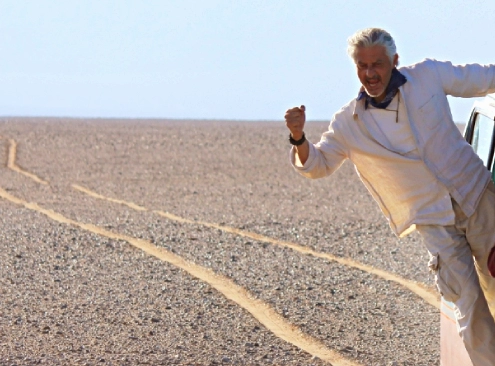
Top 10 Movies About Iran Cities You Have to Watch
Iran is full of beautiful cities and locations where you can…
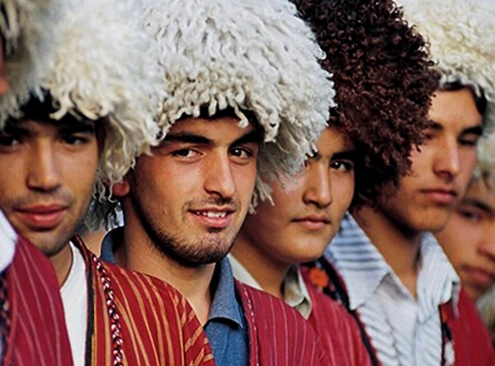
Iranian Azerbaijanis (Culture, Foods, Clothes, Music & more!)
Iran is a broad country with diverse ethnic groups. Iran is home…
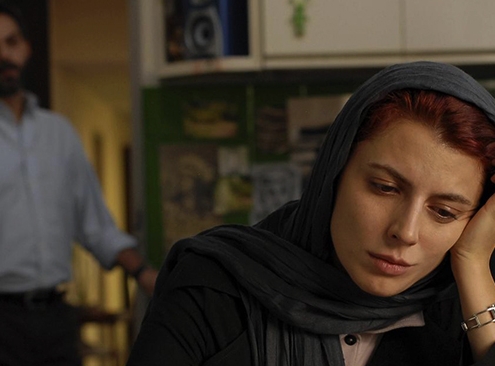 https://irandoostan.com/dostcont/uploads/2023/05/best-iranian-movies.jpg
366
712
nelia shidfar
https://irandoostan.com/dostcont/uploads/2025/05/Irandoostan-logo.webp
nelia shidfar2023-05-22 16:46:522025-04-13 12:51:18Top 10 Iranian Movies
https://irandoostan.com/dostcont/uploads/2023/05/best-iranian-movies.jpg
366
712
nelia shidfar
https://irandoostan.com/dostcont/uploads/2025/05/Irandoostan-logo.webp
nelia shidfar2023-05-22 16:46:522025-04-13 12:51:18Top 10 Iranian Movies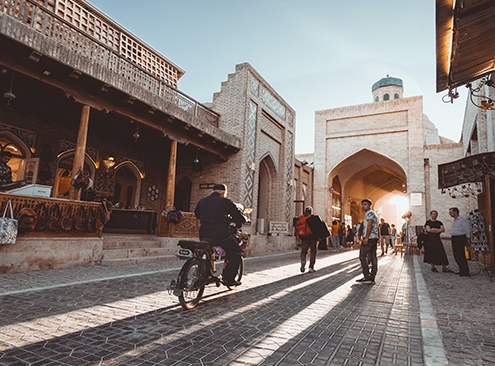
Uzbekistan Culture and Traditions: Food, Lifestyle & more
Today, a community with its culture exists in every part of the…
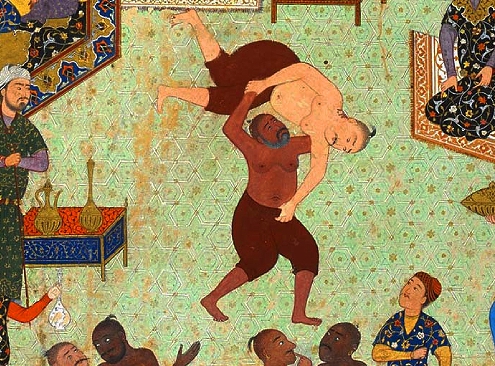
Zoorkhaneh: The House of Strength (workout, music & more)
Zoorkhaneh is the house of strength, not only for the body but…
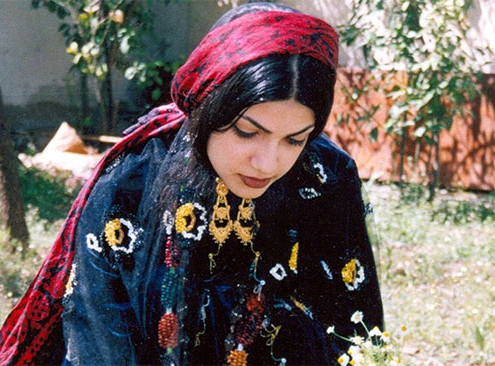
Iranian Tribes’ Clothing
Clothing is one of the things that changes over time for various…

Old cafes in Iran, Nostalgia in modern life
Many people believe that nothing but nature brings people closer…
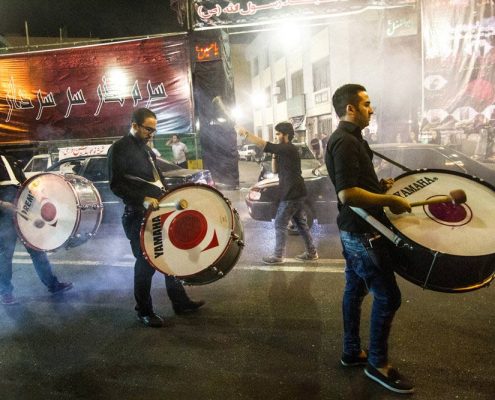
Muharram in Iran: Visiting Iran during Muharram & Ashura
Muharram is the first month of the lunar year, which, for Muslims,…

Best cinemas in Iran: Photos, Location, info
How well are you familiar with Iran’s film industry? Well,…
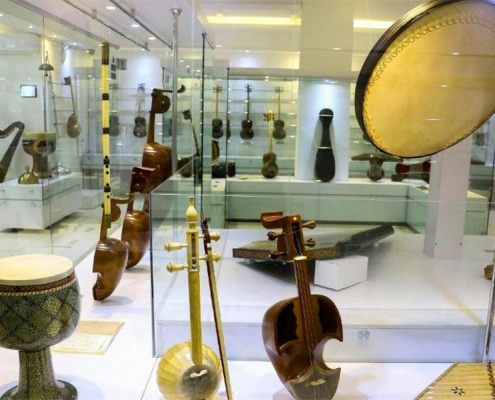
Where to Hear Traditional Iranian Music? (photos, timing)
Music as the next trending diet? Sounds easy enough! According…
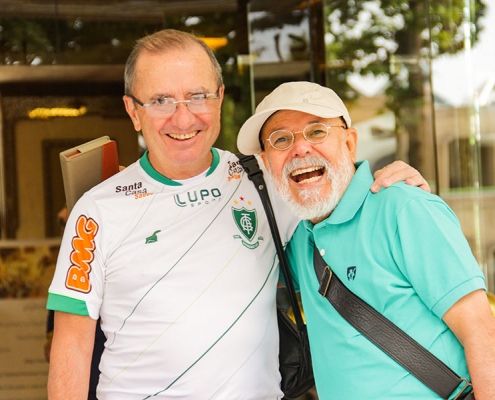
Taarof: Meaning, Examples & all You Need to Know
“I had long ago learned that when you are the giant, alien…
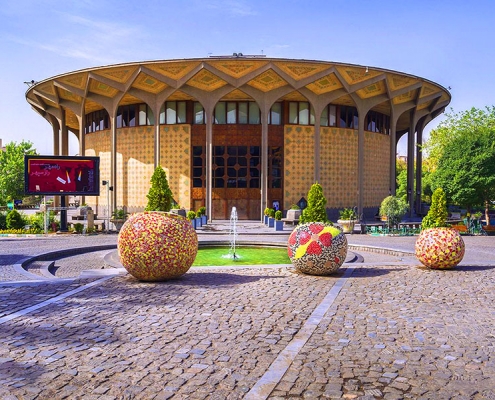
what is life in the Middle East like? life style, photos & more
“Before going there, I’d had certain preconceptions about…
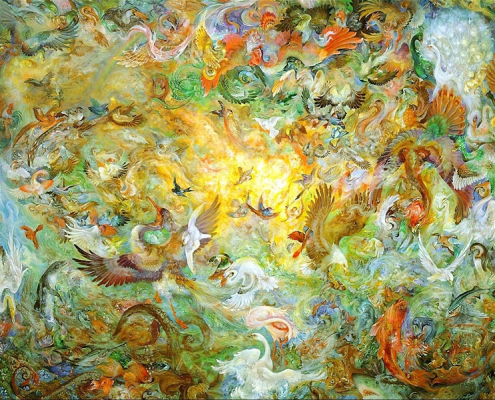
Persian miniature: Everything about Iranian miniature
Persian miniature is a traditional style of painting that is…


